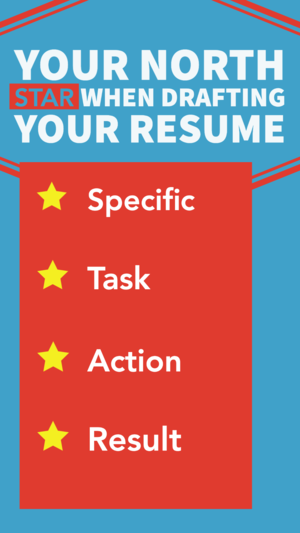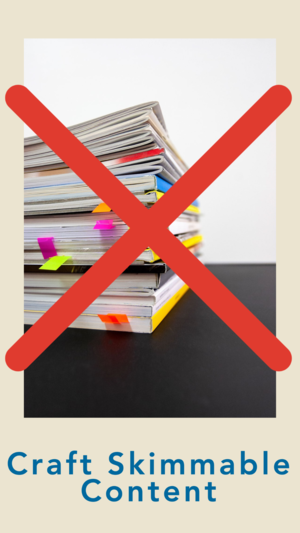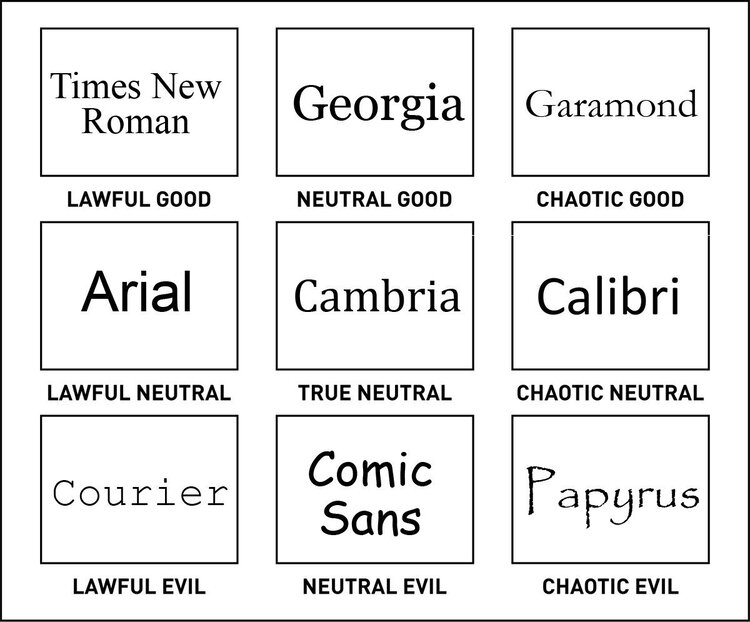The Resume: 29 Tips to Leap into Your Career

It’s February in Chicago, and that means snow flurries and freezing temperatures. But even though summer feels very far away, summer internship season is quickly approaching. Now’s the time to start writing resumes, looking for opportunities, and preparing to apply. That’s why we’re sharing a new tip every day this month on our Instagram Stories and recapping them here on Fridays — so our Scholars have all the information they need to land their dream internships this summer. AND because there’s an extra day in February this year, that means there will be an extra tip to help our Scholars leap into their career. Here’s Part 1 in our 29 Tips to Leap into Your Career.
Part 1: Build a Resume that Stands Out
1.THE STAR METHOD
Use The STAR Method as your North Star when crafting your Resume. Use it as your guide to writing your resume and crafting your content.

-
Specific – use quantifiable examples that clearly demonstrate your achievements and responsibilities in your resume.
-
Task – describe your responsibilities in detail.
-
Action – demonstrate how you accomplished your responsibilities.
-
Result – how did your actions impact the organization and/or your professional development?
2. TAILOR YOUR EXPERIENCES
When you submit resumes, be aware that many employers and recruiters use software to search for specific keywords. As you tailor your resume for each job opportunity, make sure to use the lingo they use in the job posting, even if you are already saying the same thing in a different way.
Avoid industry jargon if not referenced in the job description and if it doesn’t feel comfortable to you. If you are using industry lingo, make sure you can say what it is if asked during an interview.
3. CRAFT RELEVANT AND SKIMMABLE CONTENT

Tailoring your experiences can help your resume advance beyond computer scans, but it’s also important to make sure your achievements stand out to human eyes. On average, employers and hiring managers will skim your resume content in six to 30 seconds. Before submission, make sure that your most impressive and relevant accomplishments stand out and are easy to identify.
4. ACTIVATE YOUR SUPERPOWERS!
When determining what accomplishments and experiences to include on your resume, think from the perspective of the hiring manager. What would you be looking for in an applicant for this job? Likely, you would want to learn about the unique and relevant accomplishments of the individual, not generic tasks and responsibilities that speak broadly to your profession. For example, if you have earned any awards or exceeded performance goals, highlight those. Focus on achievements and experiences that highlight your unique value-add rather than only listing job tasks.
5. BE CONSISTENT – FORMAT AND GRAMMAR
Choose a type of format that makes sense for the industry you are applying to and your experiences. Keep your resume within 1 page with a reasonably-sized font and margins. We recommend 12 point and Times New Roman font. Think of these guidelines less as constraints and more as encouragement to highlight your best and most relevant work.

Once you’ve settled on a format, it’s important to be consistent throughout. For example, if you start listing experiences chronologically, then all experiences should be chronological. If you choose to not put periods at the end of bullet points, make sure you follow through for the whole the document. Here are other helpful tips:
-
Use present tense when describing your responsibilities and accomplishments for your current job, and past tense for previously held positions.
-
Use active verbs with quantifiable information i.e. “strategize and implement monthly ad campaigns with a $10,000/month budget” rather than “responsible for overseeing monthly ad campaigns.”
-
Title your resume appropriately. Label it as “Last Name, First Initial_Position Title_Resume” I.e. “Santa Maria, A._Senior Associate Communications_Resume” rather than “Anthony Resume 13.”
6. UPDATE YOUR LINKEDIN
Think of LinkedIn as your online resume. Recruiters and employers look up potential candidates and you want them to see a completed profile! Craft a personal summary that combines pithy statements on your job experience with your career aspirations. When updating your LinkedIn, make sure to answer the following questions:
-
What are you an expert in?
-
What you are known for?
-
What skills you have learned?
Check out this article in Forbes for other helpful tips on how to stand out to recruiters on LinkedIn.
7. ASK FOR FEEDBACK
Crafting a stellar resume is an art. Many job-seekers can benefit from the eyes of a professional in helping make their resume stand out among the crowd. It also helps to have a fresh pair of eyes double check spelling and grammar. Many career centers at colleges and universities offer free resume advise and consulting. You can also reach out to your College Success contact at Chicago Scholars for help!
We hope you found these tips helpful. Come back for Part 2: Networking next week!